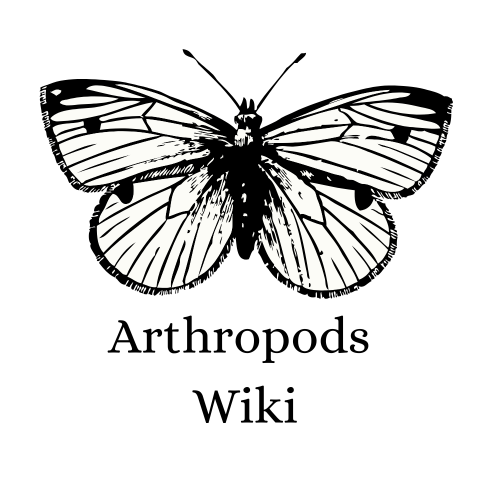Phenacoccus manihoti is a scale insect species.
In the early 1970s, P. manihoti was accidentally introduced to Africa.[1] Within 15 years of its discovery, it had invaded most of West and Central Africa and was spreading to the East.[2] It soon became an important pest, and methods to control it became a topic of interest.
Description[]
P. manihoti is a type of mealybug. It is commonly called the cassava mealybug because it feeds on cassava. It is an oligophagous insect that demonstrates an aphid-like phloem feeding behavior.[3] P. manihoti reproduces by thelytokous parthenogenesis[3] and goes through four in-star larval forms which have differing numbers of antennal segments.[4] Mealybugs are noted for the production of dermal wax secretions.[5] The body is covered with wax producing pores which have been well studied but the function of wax to particular species is based on speculation.[5] Predictions about the function of dermal wax in the cassava mealybug suggest it is to prevent desiccation and to deter predators.[5] The longer coils of wax secreted would be bitten first by a predator and give the cassava mealybug a chance to escape.[5] Females have the highest fecundity on the first or second day of oviposition.[6] The optimal temperature for populations of the cassava mealybug is between 20 and 30 degrees Celsius.[6] The cassava mealybug has poor survivability during rainy season because it gets washed off the plant and drowns.
Sensory structures[]
The cassava mealybug has similar host plant detection behavior to aphids.[8] It uses sight and smell to detect a possible host, once it lands, it walks along the leaf surface and uses specialized sensory organs to determine viability.[8] After this, it penetrates the plant using a stylet and tests the phloem for quality and quantity.[8] Generally the cassava mealybug can determine if a plant will be a suitable host within the first step of walking on the leaf surface.[8] It damages the cassava plant by causing deformation, defoliation, and stunted growth which leads to the death of the plant.[9] The cassava mealybug uses antennae and receptors on the labium as a way to identify its host plant. The labium has thirty sensilla that include trichoid hairs and sensilla chaetica.[10] The trichoid hairs function as mechanoreceptors, while the sensilla chaetica or pegs serve as mechanoreceptors, chemoreceptors and olfactory organs.[10] There are several types of sensilla chaetica. Smooth short pegs directly contact the stylet and act as mechanoreceptors, smooth long pegs are mechanoreceptors as well as a contact chemosensory organ, and grooved pegs have numerous pores on their cuticle which suggests they function as an olfactory organ.[10] The cassava mealybug also uses antennal sensilla as a way to identify host-plants. The antenna are thought to be useful in detecting volatile substances given off by the plant.[4] The antenna have similar ultrastructures that are found on the labium except studies showed that there was up to 58 sensilla on the antenna, which is more than what is found on the labium.[4] The sensilla can work as mechanoreceptors, thermo-hygro receptors, chemoreceptors and olfactory sensory organs.
